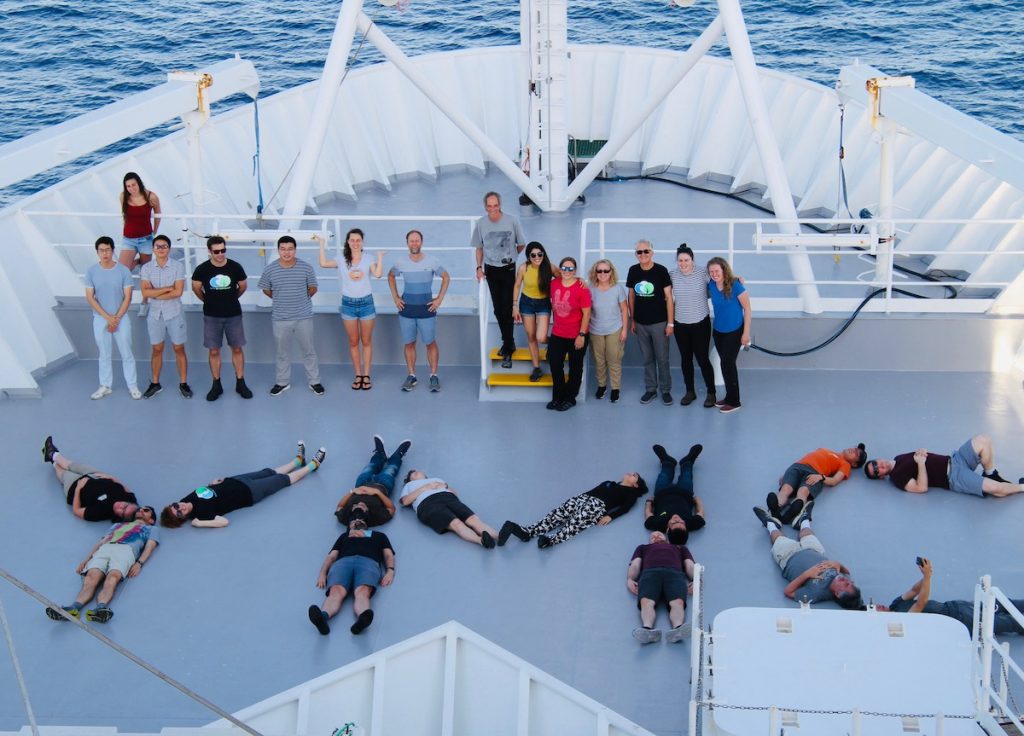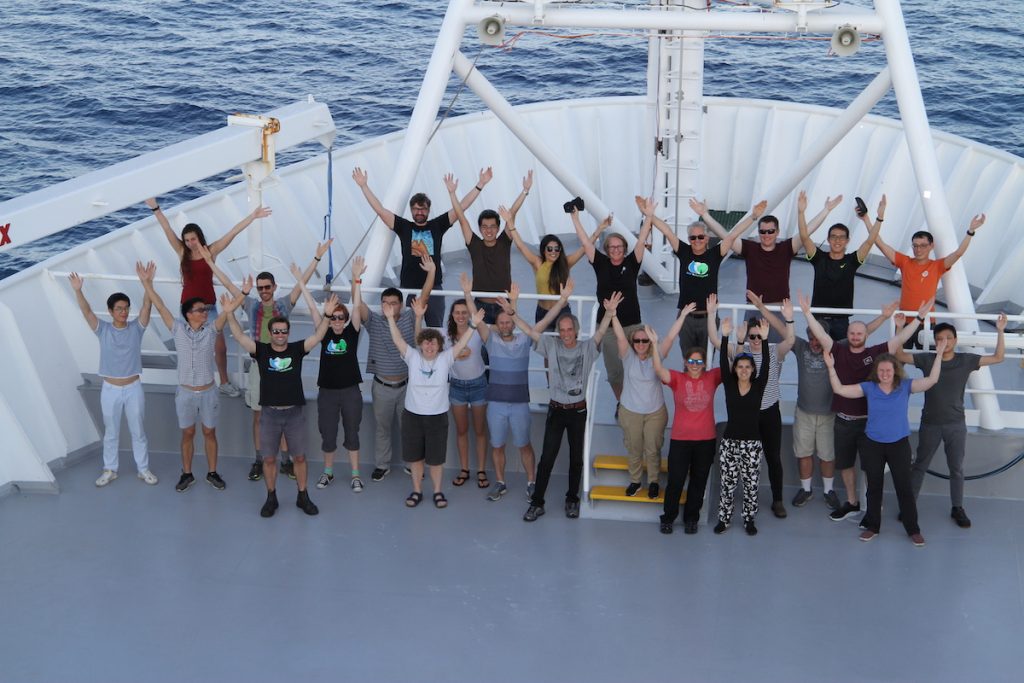by Stacey Hitchcock and Yohanna Villalobos, University of Melbourne
The day begins at a different time for everyone on board since most people on board (crew, staff, scientists) work in shifts. Some people begin their day at midnight, some at 7 am, and still others at 11 am or 1 pm. For us, the day begins early in the morning, because breakfast is from 7-8 am. Breakfast is an assortment of hot and cold options, fruit, cereals, and breads.
After breakfast, Stacey joins up with the balloon team to prepare for their 8:45 am (~12 UTC) launch. Every day, locations around the world coordinate weather balloon launches at 00 and 12 UTC to measure the vertical profile of temperature, pressure, moisture, and winds. On this voyage, our balloon launches were planned to match these times.
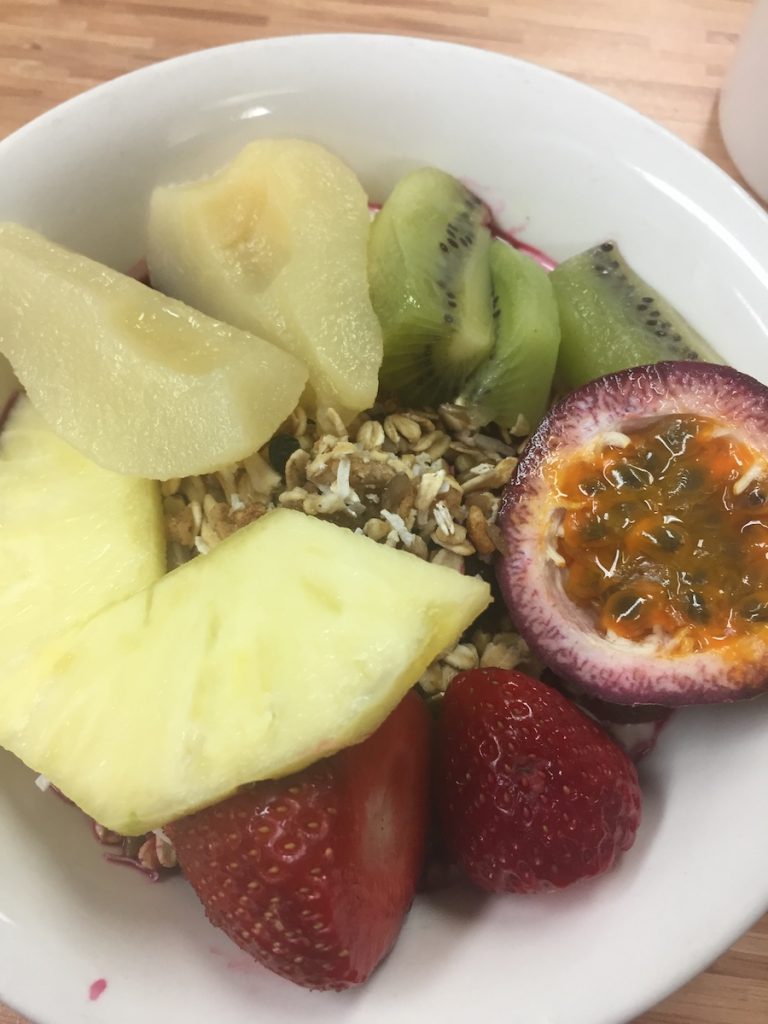

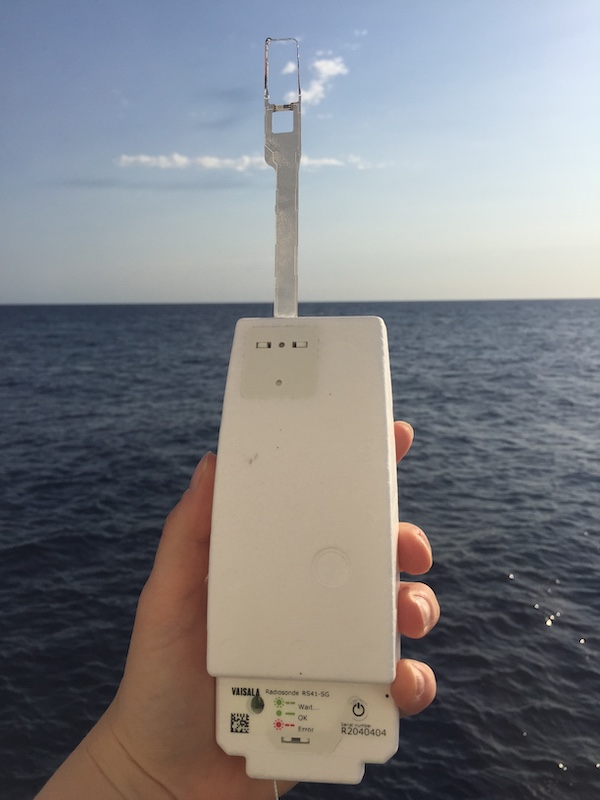
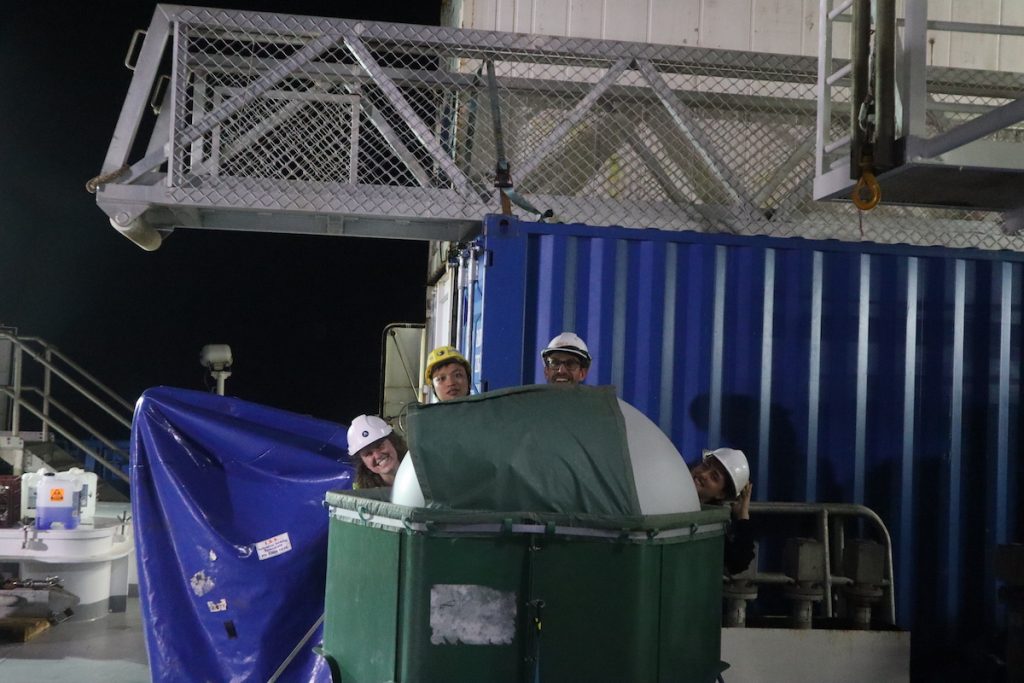
Meanwhile, Yohanna does her walk around the ship, checking that all of the atmospheric instruments (MPL lidar, MAXDOAS, spectronous, and other instruments in the aerosol lab) are working properly. If they are not working, Yohanna spends the morning on the phone, trouble-shooting problems with the instrument specialists.
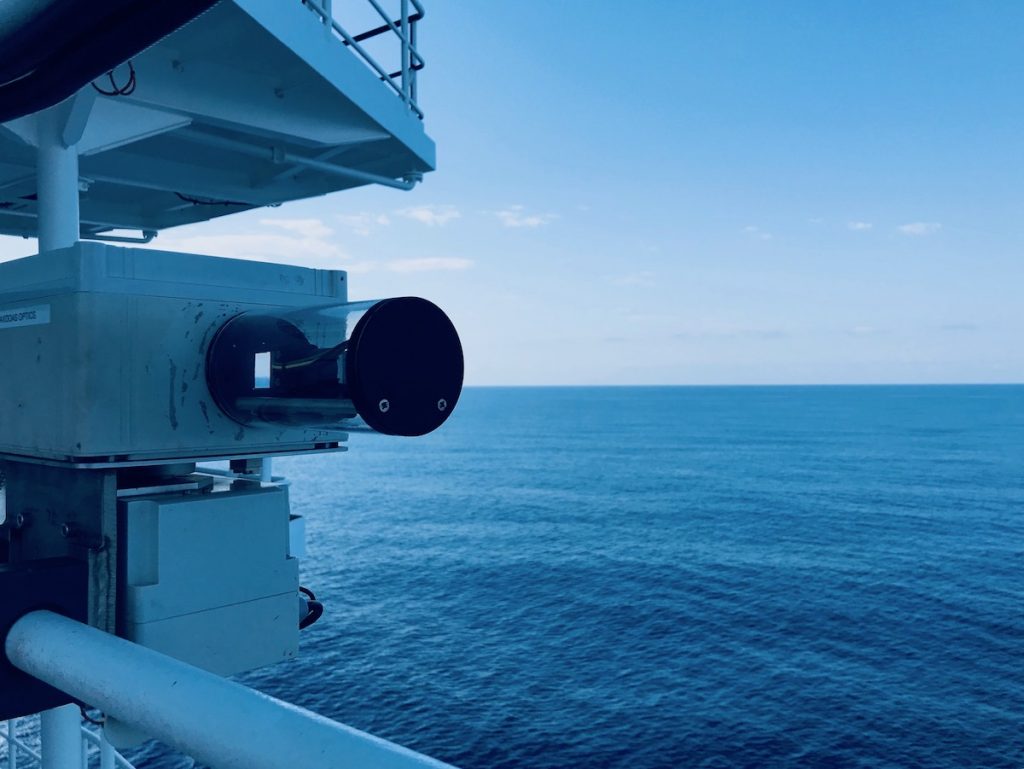
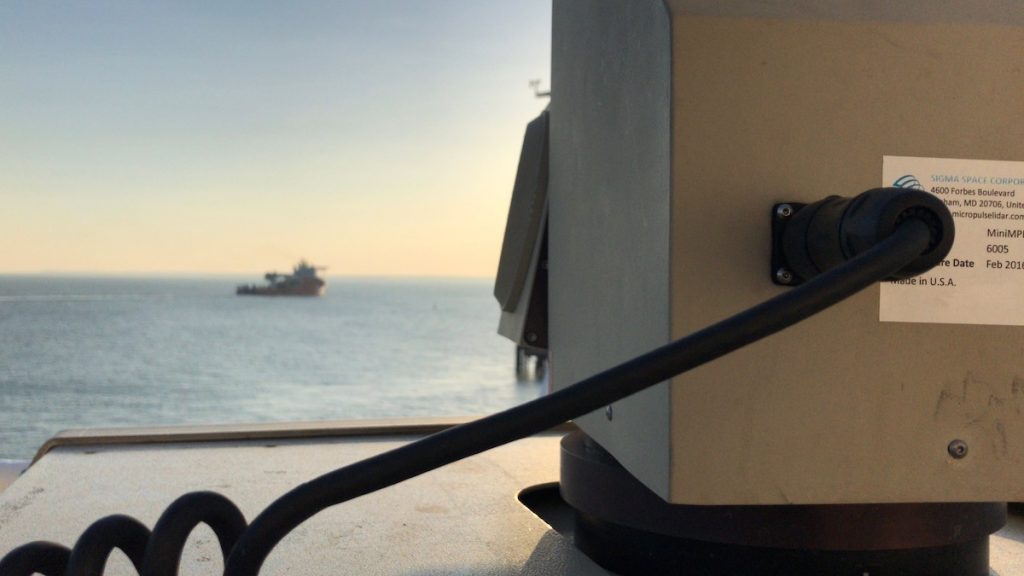


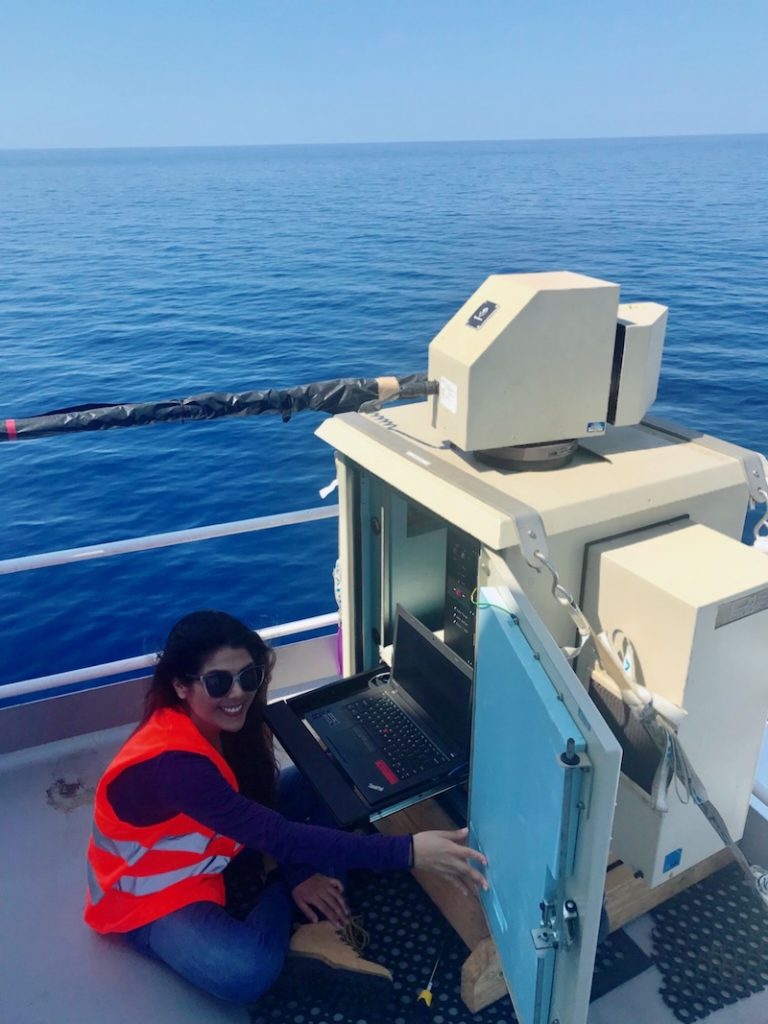
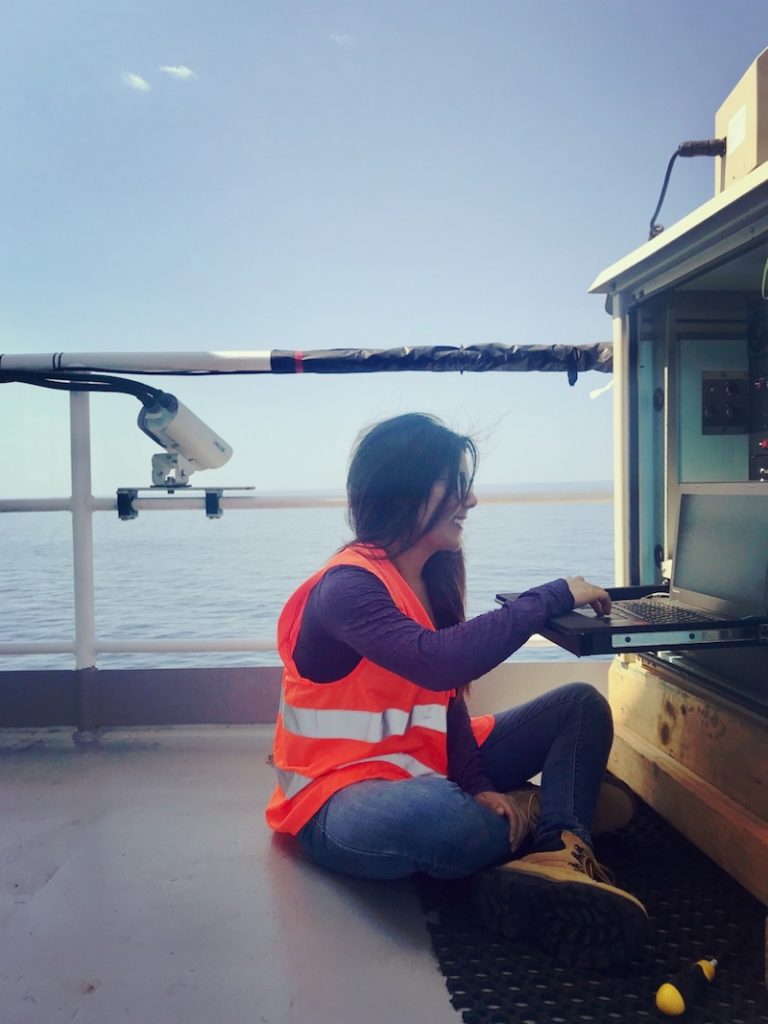
Once our morning tasks are finished, we work on our own research. Just because we are on a ship, that doesn’t mean our other responsibilities have ended. Yohanna is working on a paper for her thesis, and Stacey is trying to finish a paper draft.
After lunch, we have regular science talks where students and researchers have an opportunity to give talks about their work onboard or their own research. Everyone gathers in what is essentially the ship’s living room, settling in on a variety of couches, chairs, and bean bags for some science!
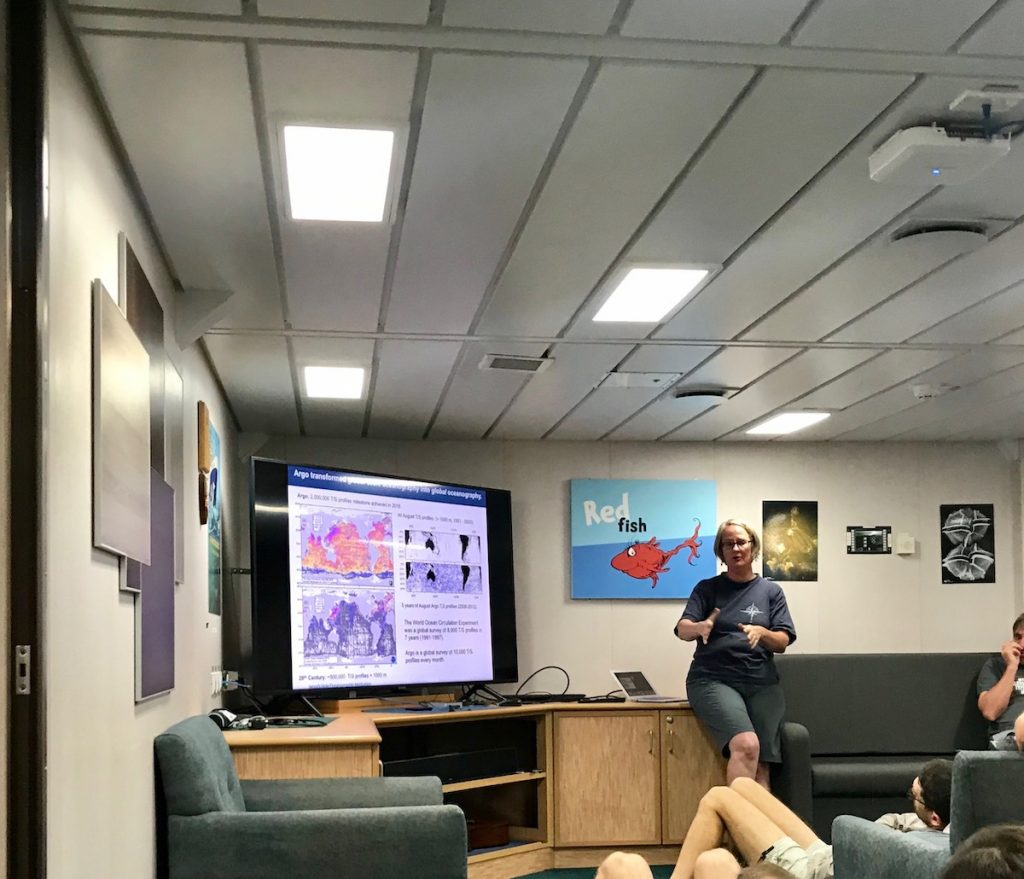
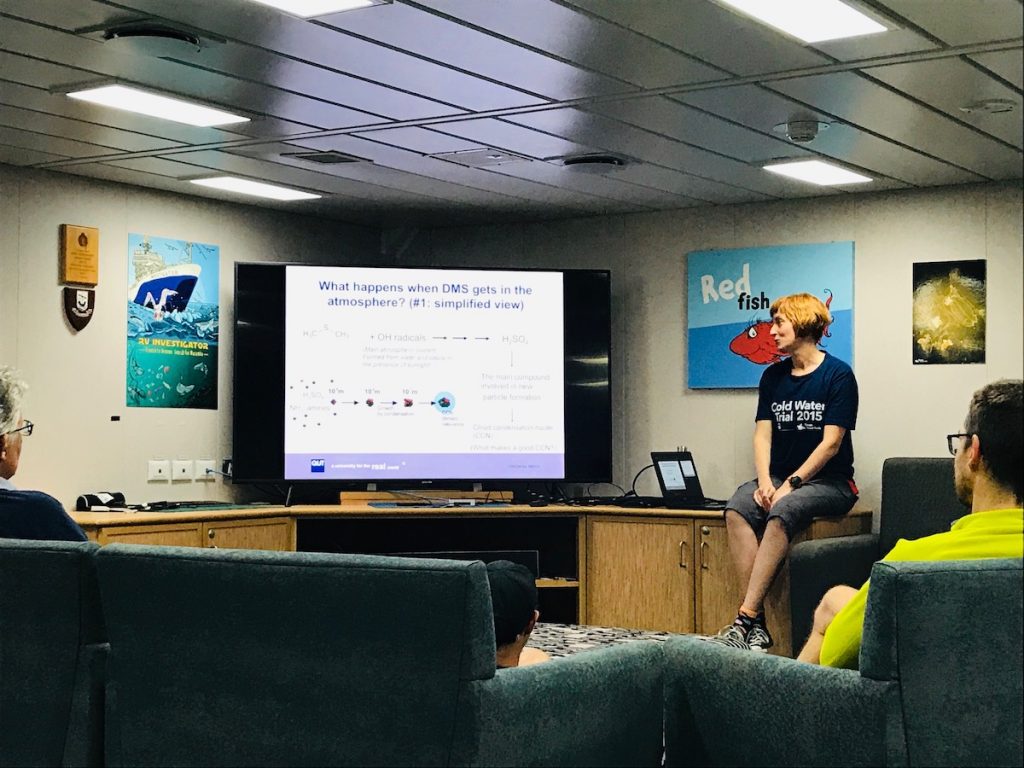
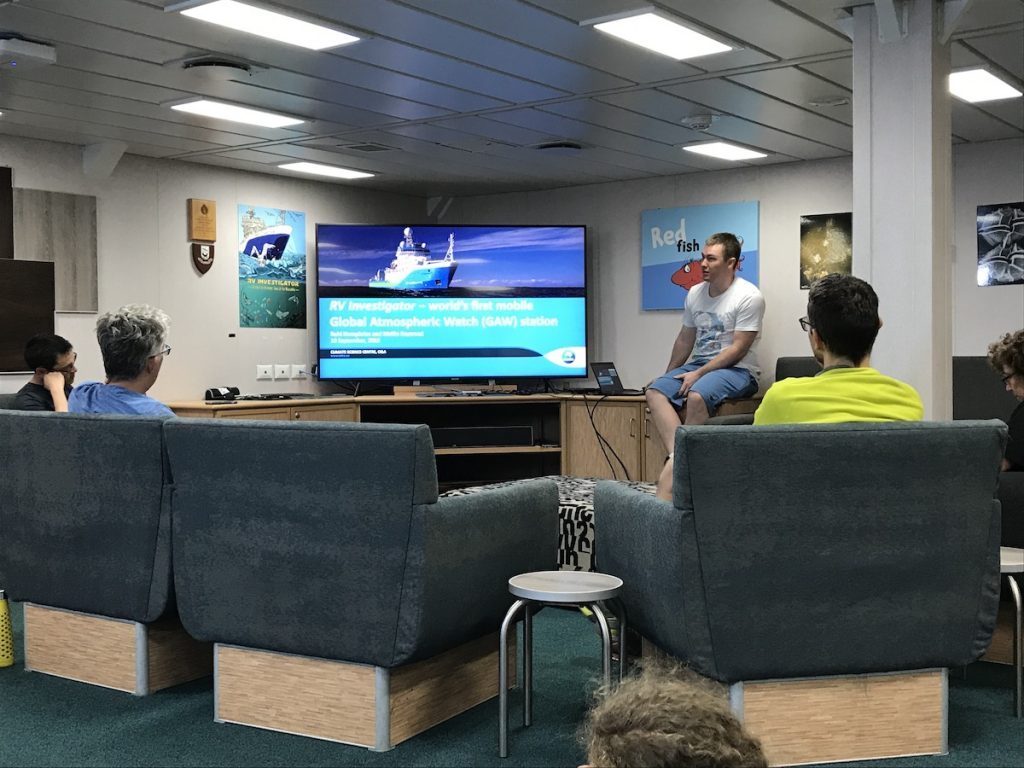
After the talks, people return to their day. For us, this means a few more hours of work, with a break for the very popular student-lead yoga or body pump sessions before dinner. One of the challenging aspects of life at sea is making sure to get proper exercise. In addition to yoga and body pump, some people also work out in the small gym or walk laps around the ship.
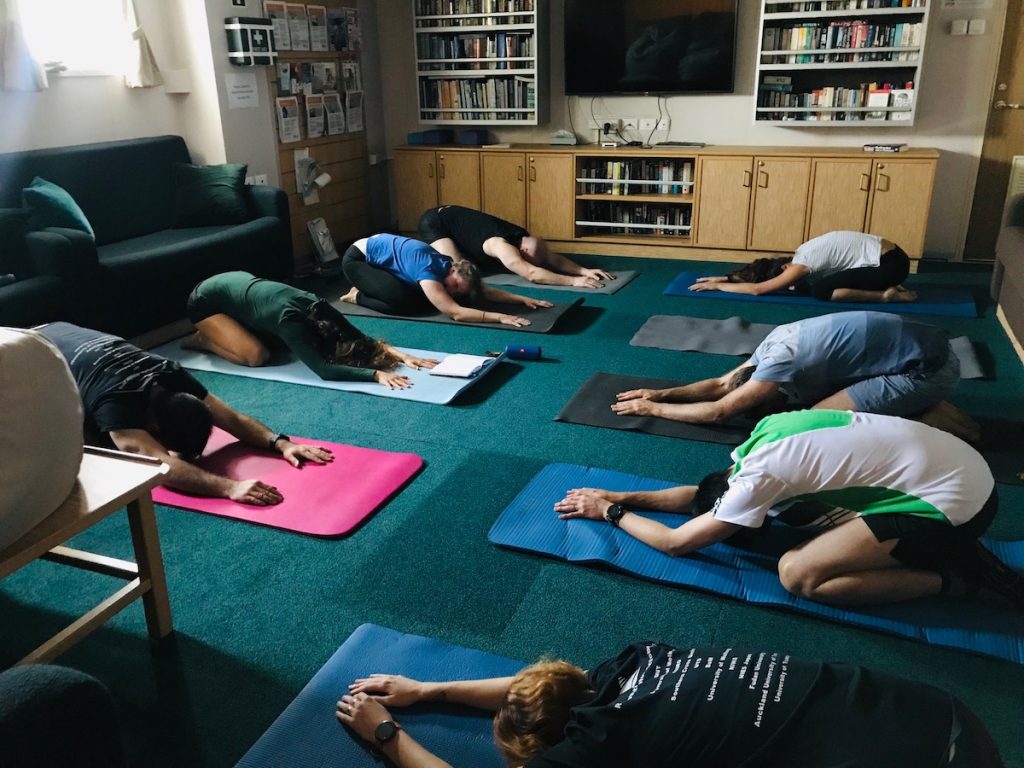
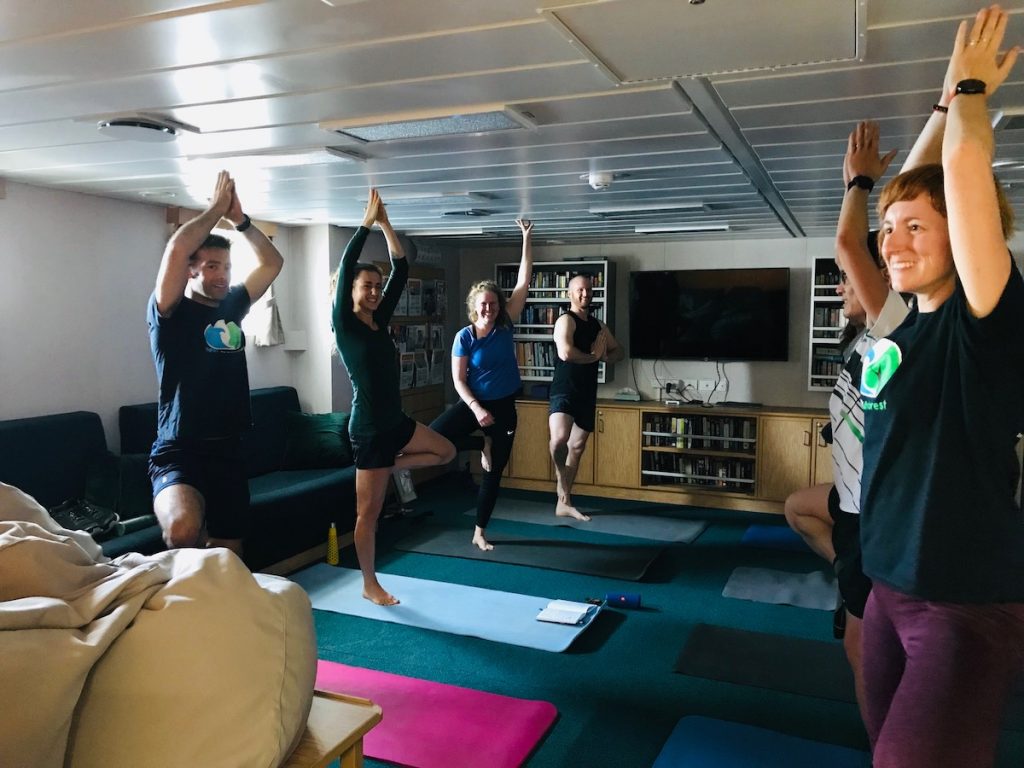
Arguably the best part of the day is sunset. At this time, you can find nearly all of the scientists (who are awake) on the front deck enjoying each other’s company and the cooler temperatures while watching for birds, flying fish, and other wildlife.
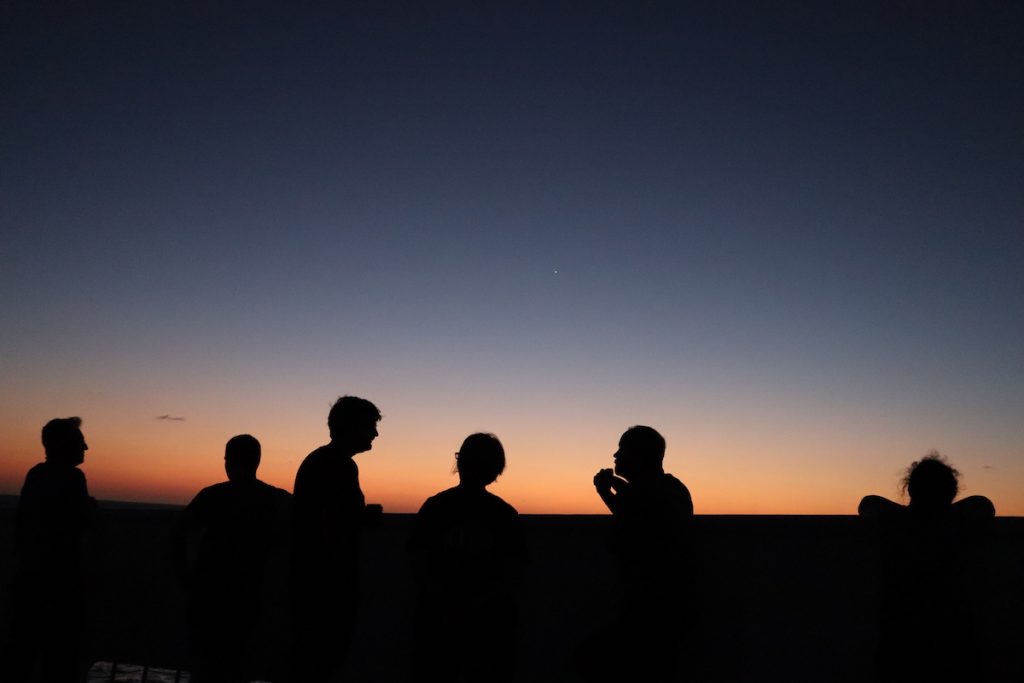
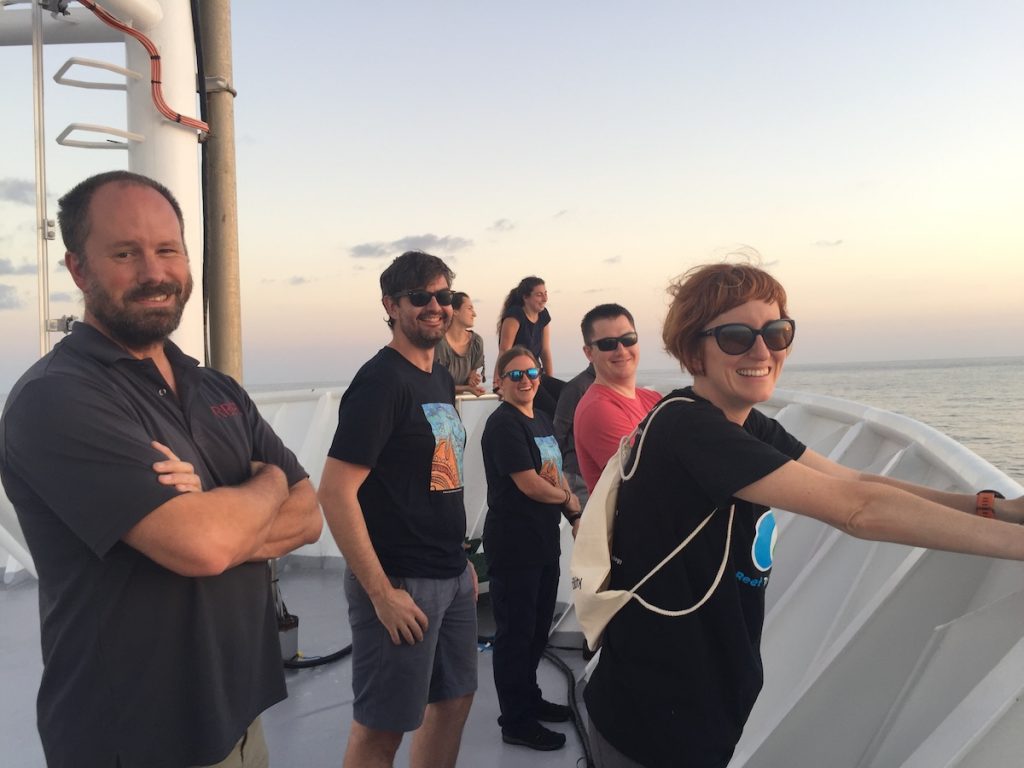
After sunset, Stacey and the balloon team head off for another balloon launch. After the team established a successful balloon launch procedure, they began to give other people an opportunity to launch balloons. People got photos for family and friends, and got to learn a bit about atmospheric science.
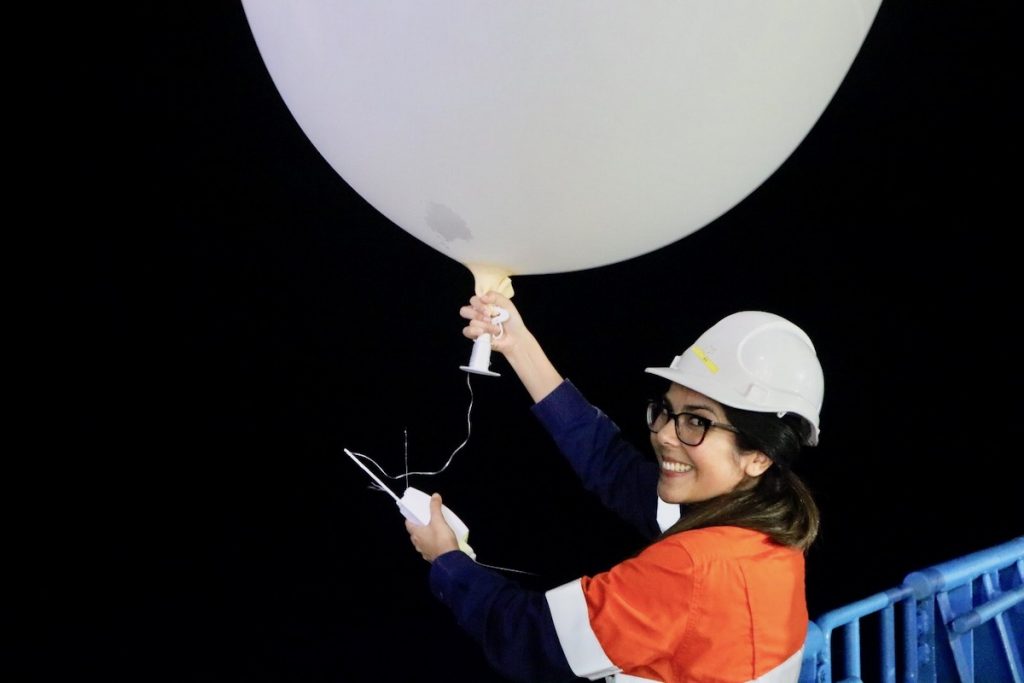
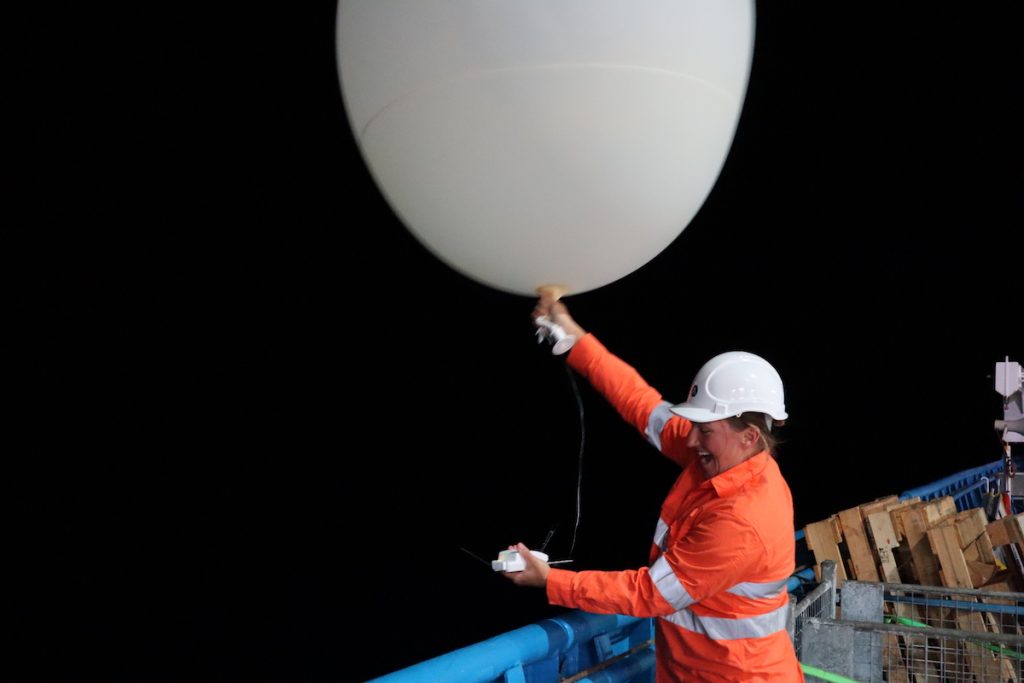
At the end of the day, people not working shifts find different ways to relax before bed. This includes a variety of activities from ping pong, board games, books, movies (pre-downloaded!), accompanied by snacking on popcorn, hot chocolate, crackers, fruit, and *whispers* ice cream.
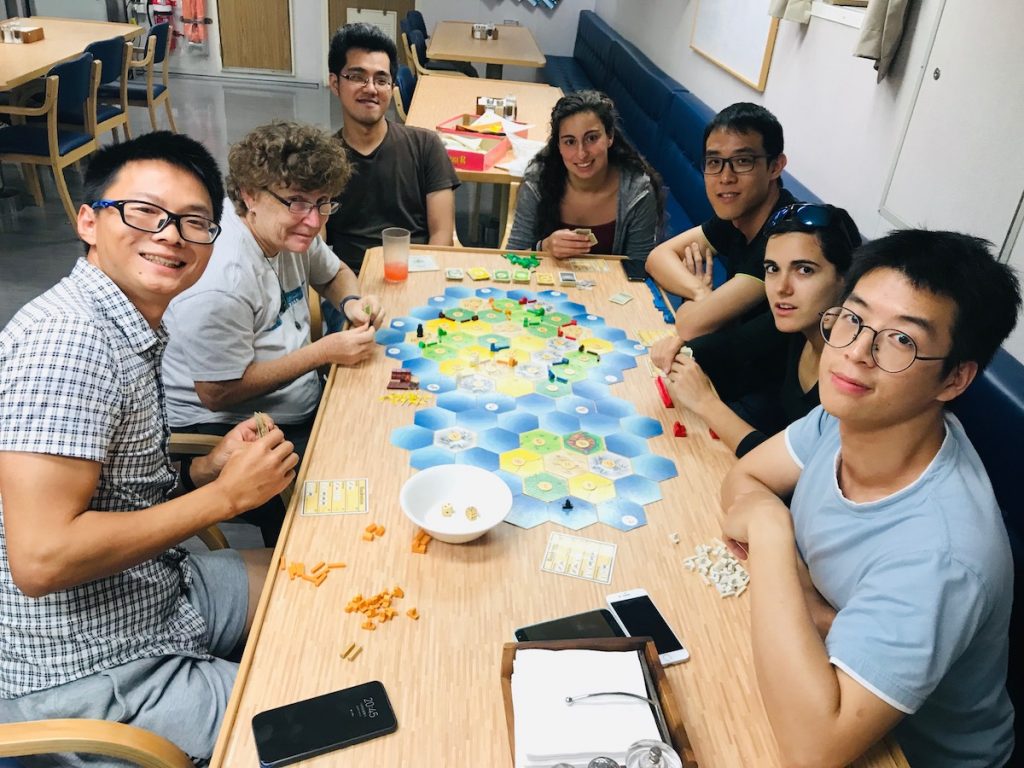
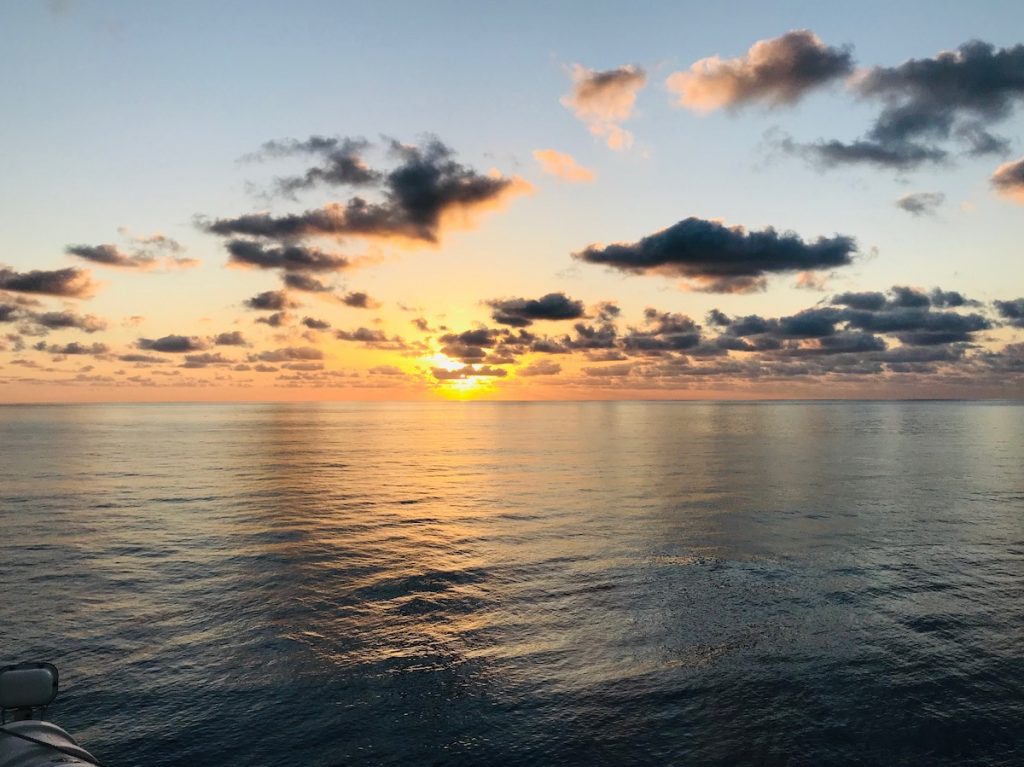
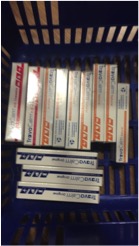
Not everything is fun and games, we work hard, and the long hours plus constant motion can really take its toll. Seasickness affects different people in different ways, but can definitely make some days more challenging than others. Some people can take medication to offset the effects, some people feel like they have a foggy head, while others feel like they could fall asleep any time, anywhere, and on any day (even if the slept the full night before!). Some people have the luck of all of these things! That photo to the right shows half the suggested amount of seasickness medication… and this was a smooth trip!

We’d be wrong not to mention that there is always an abundance of food onboard. There is a great chef who prepares three meals a day, and a pastry chef who makes everything from cheesecake and pavlova to cookies and chocolate lava cake that are available at morning tea, lunch, and dinner! So we need to be careful not to overindulge ourselves.
We can’t believe how fast the time has gone. We’ve had an opportunity to become close with a cohort of talented students and scientists from around the world. Not to mention, the ship’s officers, engineers, stewards, and deck crew. We’ve learned so much, not just about the atmosphere, but also the ocean, instrumentation, and life onboard a ship.
